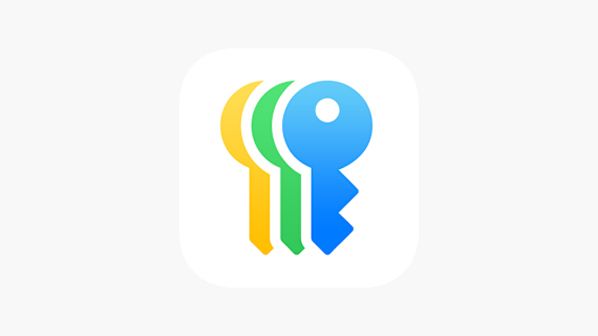Apple Passwords is a particular password manager app offered with the introduction of iOS 18 and macOS 15 that represents a very fundamental change in how individuals store, manage, and work with digital credentials. In contrast to the earlier iCloud Keychain, which was a system settings element somewhat concealed from regular users, Apple Passwords is its own standalone, streamlined user interface where all the passwords, passkeys, Wi-Fi identities, and two-factor authentication codes are collectively put in a safe location that is easily accessible.
A Brief Guide to Construction Jobs

Essentially, Apple Passwords is designed to securely store your login credentials in end-to-end encryption, and you are the only one holding the keys to your data. The encryption method employed here is device-based, meaning your credentials never get exposed in plaintext to Apple’s servers. Apple Passwords offers autofill support that simultaneously accelerates login processes and defends users against phishing scams through refraining from manual entry of passwords. Users must complete biometric checks using Face ID and Touch ID to access sensitive data within Apple Passwords. This multi-layered security approach renders it extremely unlikely even if a device is lost or stolen that unauthorized access to credentials stored will be obtained.
One of Apple Passwords’ standout features is native passkey support, a new authentication method that Apple is pushing hard as a replacement for traditional passwords. Passkeys use asymmetric cryptography to create unique, device-specific keys that can’t be phished or reused on multiple sites. Apple Passwords allow individuals to easily generate, store, and fill in passkeys for simpler and more secure logins. The feature is positioned at the broader industry movement towards passwordless authentication that promises to reduce the vulnerabilities inherent in conventional passwords such as weak choices or using the same across many accounts.
The app classifies credentials into clear-cut categories, including All, Passkeys, Codes (two-factor authentication codes), Wi-Fi password, Security (breach alerts and password health report), and Deleted items. These categories provide the user with easy location and access to their credentials. Apple Passwords also supports shared password group creation, which enables family members or teams to securely share access to accounts without resorting to insecure means of communication like email or messaging platforms. This is particularly useful in collaborative work environments or home use cases where multiple users require access to shared services.
Another prominent feature of Apple Passwords is cross-platform compatibility. Although developed for the Apple ecosystem, the app carries its functionality over to Windows users via the iCloud for Windows program and the iCloud Passwords Chrome browser extension. This enables Windows users to access and autofill their Apple-stored passwords on non-Apple devices, providing a seamless and secure password management experience even outside of the Apple environment. But full feature equivalence and effortless integration are still stronger within Apple’s own products, a testament to the company’s design philosophy of being ecosystem-focused.
For individuals switching over from other password managers or who wish to maintain local copies, Apple Passwords supports import and export via CSV files. This is a feature that is an asset that introduces flexibility and password management, which allows for transfers without loss of valuable data. Notably, however, users need to exercise caution when manipulating CSV files because they are not encrypted and will compromise sensitive data if left stored insecurely.
In everyday life, Apple Passwords is highly integrated with the Apple environment. Siri can fill in passwords automatically, and the operating system suggests strong, random passwords ahead of time when people create new accounts or modify old ones. Though the password generator does not at present have many customization features-the primary options are to enable or disable the inclusion of special characters-it does provide a strong nudge toward complex, distinct passwords that add protection.
In conclusion, Apple Passwords is far beyond a password vault. It is a built-in security hub that allows users to control, share, and protect their credentials efficiently. As cyber threats evolve, adopting powerful tools like Apple Passwords is vital for maintaining privacy and security online.


Guess you like
-

A Complete Overview of 3D Laser Scanning
-

A Detailed Look at Affordable Jeeps Under $10,000
-

How Long Do Car Wraps Last and How to Look After Them
-

Comprehensive Guide on Affordable Electric Cars Tailored for Seniors
-

How to Protect Your Smart Home from Hackers in 2025
-

Stellantis, NVIDIA, Uber and Foxconn Unite on Level 4 Robotaxis
Trending
-
 1
1Practical Diagnostics That Actually Work Before Your Next Router Purchase
-
 2
2A Bittersweet Return: Syberia Remastered Review
-
 3
3Electric Trucks Falter in the U.S. — The High-Stakes Struggle Behind the Wheels
-
 4
4Amazon’s New AI Tool Translates Kindle E-Books for Self-Published Authors
-
 5
5Stellantis, NVIDIA, Uber and Foxconn Unite on Level 4 Robotaxis
-
 6
6How to Upgrade Weapons and Workbenches in ARC Raiders


